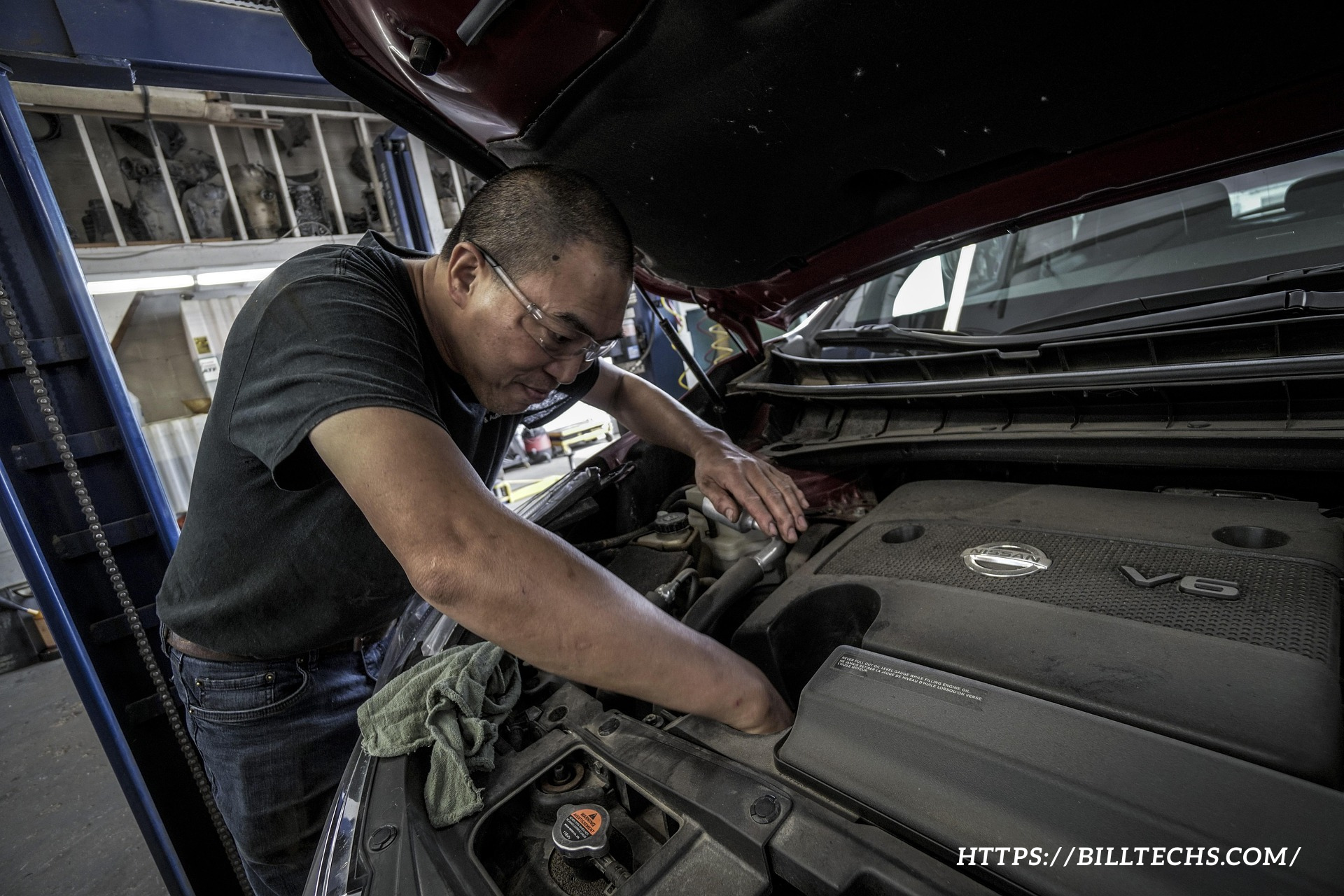1. Tires
Tires are among the most vital components of your vehicle, providing acceleration, traction and handling benefits.
Tires are made using intricate several key coes annually. Production begins by selecting raw rubber compounds and that meet specific goals – like optimizing tread life or decreasing rolling resistance.
mponents working in tandem, so it’s crucial that you gain an understanding of their that relies on so you can make informed decisions regarding their care and maintenance.
Large factories employing employees produce over 250 million new
2. Brakes
Brakes are among the most intricate yet integral parts of any vehicle. At its core, brakes work by converting kinetic energy to heat through frictional forces.
Vehicle brakes wear down over tr brakes necessitating regular inspection and servicing to keep them functioning effectively. Signs that service include spongy pedals, loud screeching noises or pulling to one side when applying brakes. Routine maintenance can extend their lifespan while helping avoid costly repairs in the future.
3. Electrical
Electrical systems art in vehicle functionality and safety, from starting up your engine to powering your headlights. Critical safety features like airbags and anti-lock brakes rely on electrical components for their proper an integral
Issues such as a dead battery, slow engine cranking time and dashboard warning lights are telltale signs that your electrical system requires immediate attention technicians are on hand to inspect and repair wiring connections as necessary, keeping your car for years.
4. Oil Change
Engine oil changes are one of the me.ost essential preventive maintenance services you can invest in, protecting against overheating and further engine.
Engine oil serves a number of important purposes. It cleans, lubricates and collects contaminants that could otherwise wreak havoc Unfortunately, over time even when your car sits parked it degrades further and further.th your engine’s.
Sticking to the manufacturer- servicing intervals ensures optimal performance and longevity for your vehicle, helping maintain its warranty intact ant risking any additional damage to itself. A professional mechanic is best placed to do the work correctly without risking further mishap.
5. Tire Pressure
One of the easiest and simplest ways to enhance your driving experience and extend tire lifespan is to check tire pressure regularly. tire pressure causes uneven wear on tires, increasing their risk of Blowout or poor handling and thus shortening.
It is best to conduct pressure c while are cold as air expands as it warms up.
6. Wheel Alignment
No matter where your vehicle is still, wheels translate engine power into speed and distance. Unfortunately, their performance be ling or unless they are aligned correctly.
In addition, misaligning causes premature tire wear that incurs costly replacement bills.
Automotive industry professionals to the sophisticated alignment equipment to adjust your tires’ camber, toe, and caster settings set forth by their respective manufacturers, thereby reducing wear while improving handling and stability.
7. Tire Pressure Monitoring System (TPMS)
A tire pressure monitoring system (TPMS) is a system that constantly tracks your vehicle’s tire pressure, alerting you if one or more tires fall below an unsafe threshold.
Direct TPMS sensors can be added directly to each tire for precise pressure measurement and temperature sensing, providing accurate readings with instant alerts.
Maintaining correct tire pressure the risk of tire failure while driving and improves handling, braking and fuel. A Tire Pressure Monitoring System (TPMS) is an integral component of any vehicle’s safety system, helping ensure your tires are filled to their optimum lever maximum performance. Unfortunately, TPMS cannot replace monthly tire pressure checks using an accurate tire gauge.
A tire pressure (TPMS) light indicates when one or more tires have fallen 25 percent below the manufacturer’s recommended air pressure, to greater engine effort, greater fuel use, longer stopping distance and tire wear.
Many vehicles feature tire pressure monitoring f (TPMS), designed to notify drivers if their tire pressure drops too low and reduce the risk of accidents associated with underinflated tires while improving fuel efficiency. This system also helps mitigate any accidents caused by them and economy.
The tire pressure monitoring system to your owner’s manual for how to reset the system.
Maintain regular air pressure checks too looks like a horseshoe with an exclamation point and can be found on your dashboard. If it flashes, refer bight (Tan your TPMS from going off unexpectedly.
